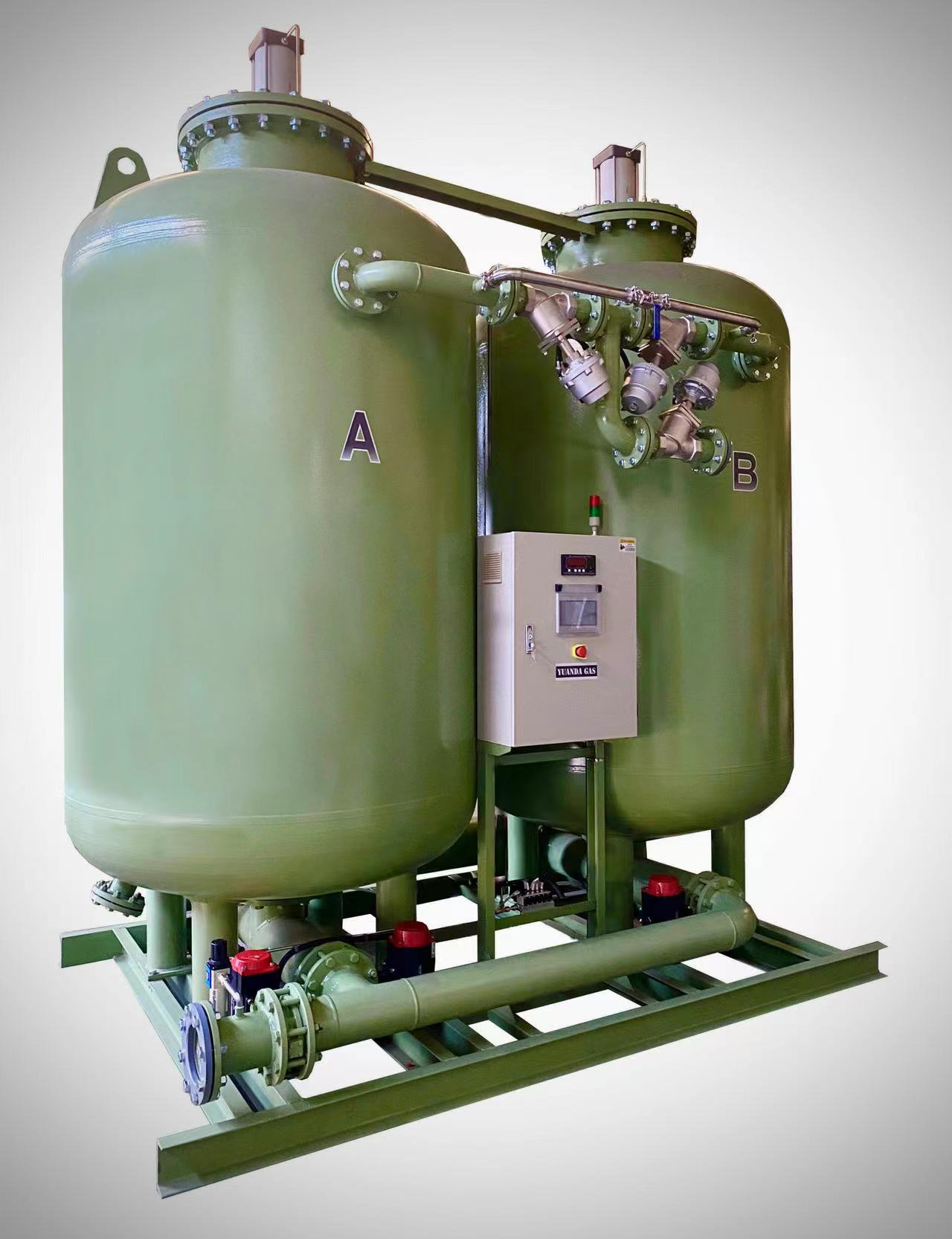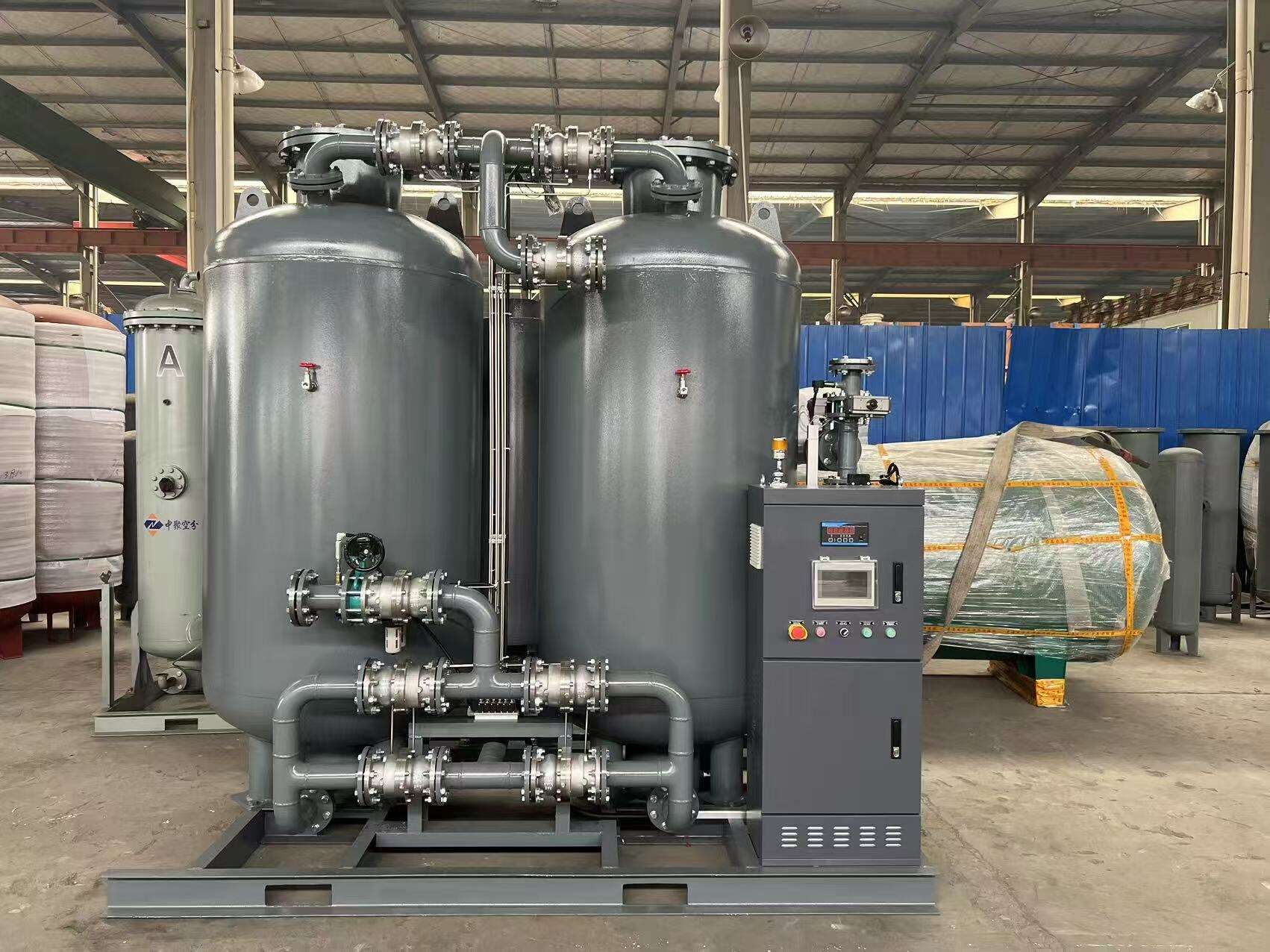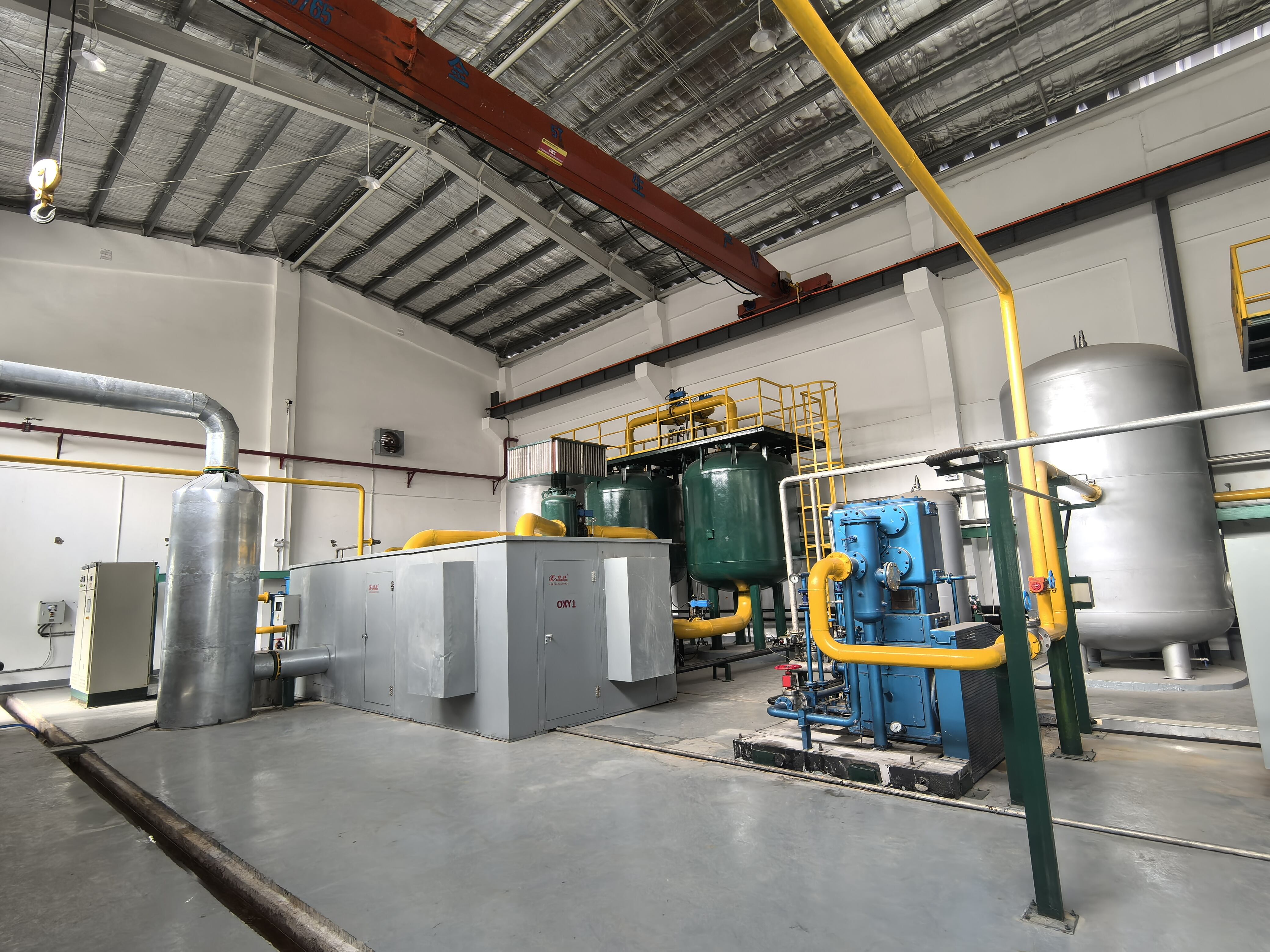psa oxygen plant working
A PSA (Pressure Swing Adsorption) oxygen plant is an advanced system designed to produce high-purity oxygen from ambient air through a sophisticated molecular separation process. The system operates by utilizing specialized zeolite molecular sieves that selectively adsorb nitrogen while allowing oxygen to pass through. The working principle involves two main phases: pressurization and depressurization. During pressurization, compressed air is forced through the molecular sieve beds, where nitrogen molecules are trapped, allowing oxygen to flow through. In the depressurization phase, the accumulated nitrogen is released back into the atmosphere, regenerating the sieve beds for the next cycle. This continuous cycle ensures a steady supply of oxygen with purity levels typically ranging from 93% to 95%. The plant incorporates multiple components including air compressors, pre-treatment systems, molecular sieve towers, oxygen receivers, and advanced control systems. Modern PSA oxygen plants are equipped with automated monitoring systems that maintain optimal operational parameters and ensure consistent oxygen output. These plants find extensive applications in healthcare facilities, industrial processes, wastewater treatment, and various manufacturing sectors where a reliable source of high-purity oxygen is essential.


